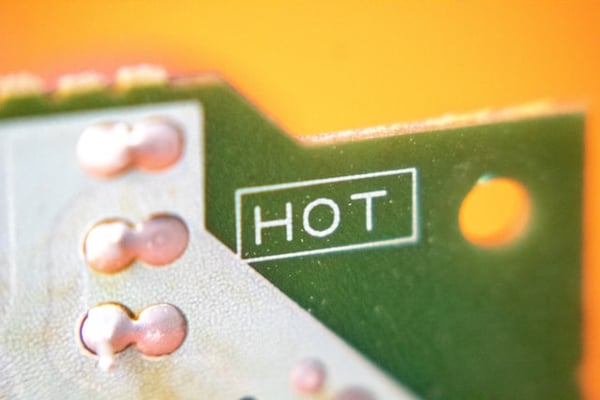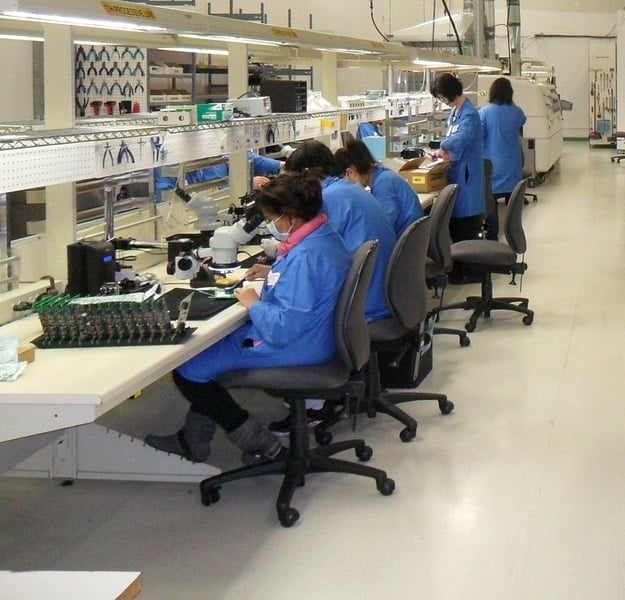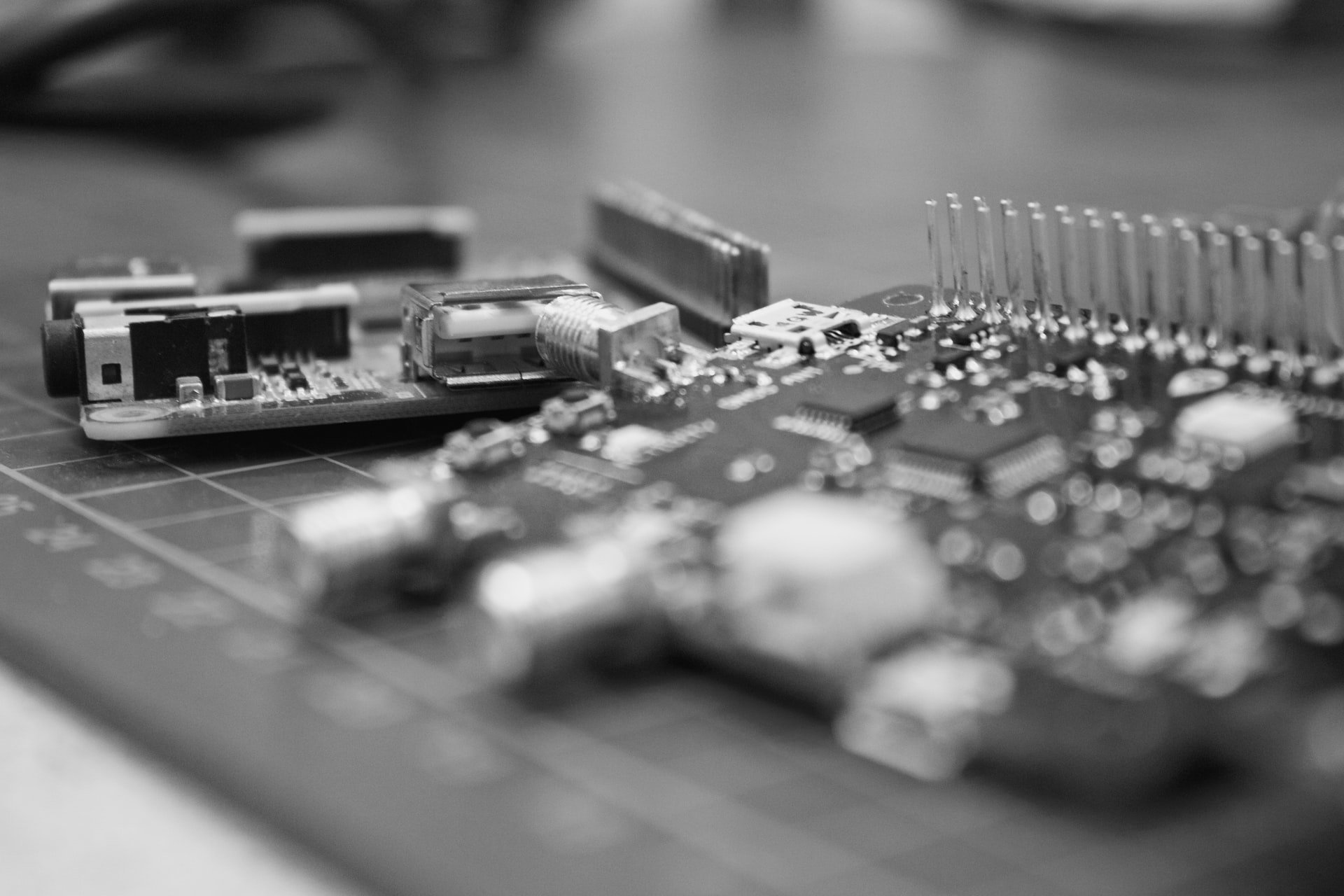Aerospace Electronics PCB Assembly & Design Guide
You’ve heard about the many great feats and discoveries in the aerospace industry. You’ve also heard about the tragedies that have happened when a...

The electronics sector is one of the most dynamic industries, with virtually unlimited applications. This is why its growth is expected to remain steady in the coming years.
Nowadays, a crucial element of electronic products, whether designed for consumer, automotive, industrial, or military use, are printed circuit boards (PCBs). Along with selecting the best PCB materials, manufacturers must choose an appropriate method of protecting them.
And here’s where electronics contract manufacturers (ECMs) face the protection dilemma: conformal coating vs. potting.
During use, electronic devices are exposed to a wide range of conditions and elements such as heat, which may burn the PCB. For instance, manufacturing and mining PCBs should be resistant to vibrations, dust, and chemical exposure. Without protection against such extreme conditions, electronic devices can easily sustain damage.
As you determine which PCB encapsulant to use, consider the intended use of the device and the elements it’ll be exposed to. The factors to consider include:
Both conformal coating and potting are organic polymers that offer electrical insulation and thermal and chemical resistance. However, the level of protection they offer varies. This is why it’s crucial to determine which one best suits your needs.
Conformal coating electronics is one of the primary methods of protecting PCBs. With this method, a dielectric material is applied to the PCB to form a layer of protection. Generally, the thickness of the plyometric fluid coating is between 25 and 250 micrometers, depending on the necessary level of protection.
There’s a range of material options for conformal coatings, including:
In most cases, the coat applied is clear to allow easy identification of coated components as well as the reworking of the coat if need be. Frequently, the coating has a UV tracer to aid in inspection.
Depending on your electronic devices' environment, conformal coating can be the ideal solution. The pros and cons of conformal coating differ slightly depending on the material used, but generally, the breakdown is as follows:
Pros:
Cons:
Another effective method of protecting printed circuit boards from external damage is PCB encapsulation, sometimes called PCB potting.
As the name suggests, encapsulation aims to surround the PCB instead of just coat it. A pot or casing is built over the PCB and a fluid is poured into the casing, sealing up the PCB.
Being two (component) systems, the PCB potting process involves mixing a resin (Part A) with a hardener (Part B). This initiates a chemical reaction that forms a cross-linked polymer. To boost performance, resins contain mineral fillers and have a much higher viscosity. Most resins are designed to cure at room temperature and are VOC-free. As such, there’s no need for circuit board coating spray.
Though it is possible to apply a 0.5 mm casing, they're usually much thicker. With increased thickness also comes an increase in weight, resulting in higher expenses per coating. On the other hand, components will be better protected due to the increased thickness.
Pros:
Cons:
.jpg?width=856&height=939&name=Matric_ProCon_ConformalCoating_Rework_(1).jpg)
The choice between PCB encapsulation epoxy and conformal coating is not about which of the two methods is best, rather which one best suits your needs. In this regard, you'll need to consider:
If your device will be exposed to extreme conditions, PCBA potting is the better option as it offers more protective benefits. Such environments include manufacturing factories, mines, and power plants. However, if your primary goal is flexibility, as may be the case with consumer electronics, PCB coating may be the better option.
Deciding which PCB protection you need is a big choice. If you choose the wrong option or use the wrong materials, you could compromise your PCB later down the line.
That’s why having a quality ECM by your side can help you keep your PCBs protected for as long as possible, whether it’s with conformal coating or PCB encapsulation.
To learn more about inproving PCB design, check out our free guide to improving your BOM health!
(Editor's note: This blog was originally published in February 2021 and was updated in May 2024 with the most current information.)

You’ve heard about the many great feats and discoveries in the aerospace industry. You’ve also heard about the tragedies that have happened when a...

Consolidating services is a great way to reduce costs, lead times, & confusion. Unfortunately, most electronics contract manufacturers (ECMs) don’t...

Prototyping isn’t reserved for high-tech vehicles or revolutionary consumer gadgets. It’s also a great practice for manufacturing printed circuit...